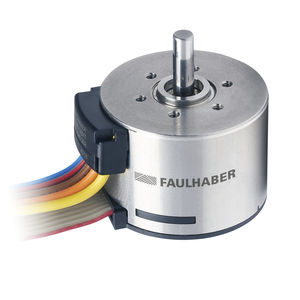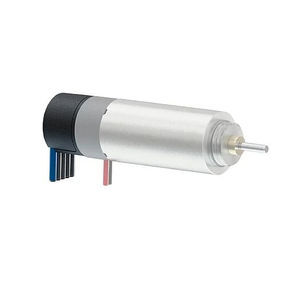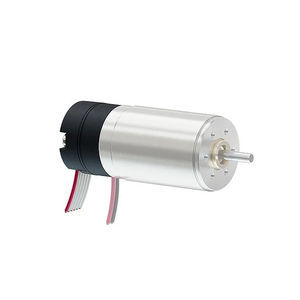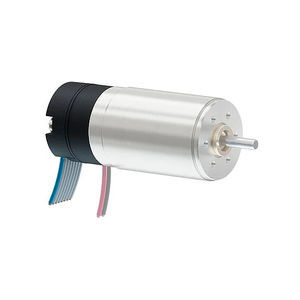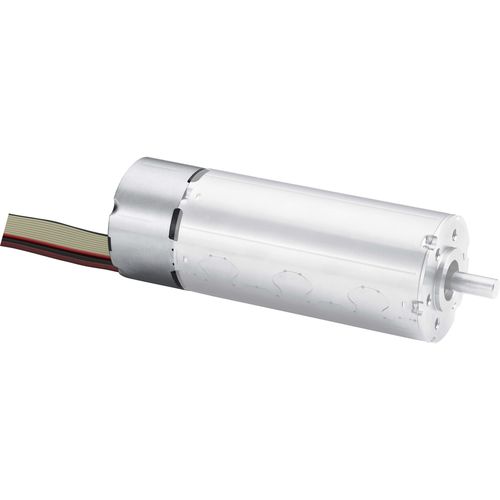
- Components - Spare Parts
- Landing and Braking
- Incremental encoder
- FAULHABER Drive Systems
- Company
- Products
- Catalogs
- News & Trends
- Exhibitions
Absolute encoder AE seriesincrementalfor motorsfor aircraft
Add to favorites
Compare this product
fo_shop_gate_exact_title
Characteristics
- Type
- incremental, absolute
- Applications
- for aircraft, for motors
- Output signal
- commutation
- Process temperature
Max.: 100 °C
(212 °F)Min.: -40 °C
(-40 °F)
Description
Absolute encoders from FAULHABER detect the position of the shaft immediately after switching on. This can make a reference run unnecessary – an important prerequisite for many applications. Additionally, absolute encoders can be used to commutate brushless DC-motors. This eliminates not only the integrated Hall sensors for the motors but also reduces the wiring requirements. Like all components from FAULHABER, the encoders have an extremely compact design. Integrating them in drive results in either none or only minimal increase in the overall length.
What is an absolute encoder?
Absolute encoders, also known as absolute rotary encoders, detect rotational or angular movements and convert them into electrical signals. Unlike the incremental encoder, an absolute encoder determines absolute positions, not relative positions. After switching on the absolute encoder, an absolute return value is available for each position of the motor shaft. If the encoder is moved mechanically while in the switched-off state, the current position can be read out immediately and directly after switching the voltage supply back on again.
A distinction is made between single- and multi-turn encoders. The absolute encoders from FAULHABER are all based on a magnetic measurement principle.
How does a magnetic absolute encoder work?
A magnet on the motor shaft moves with the motor revolution, and its magnetic field rotates with it. This rotating change is detected by a sensor and is output by the encoder's electronics. The position of the shaft can be derived from this value. The magnetic measurement principle is insensitive to dust and is generally very robust.
Catalogs
Technical Information
160 Pages
*Prices are pre-tax. They exclude delivery charges and customs duties and do not include additional charges for installation or activation options. Prices are indicative only and may vary by country, with changes to the cost of raw materials and exchange rates.



